The Broadcast Research Council of South Africa (BRC), the independent non-profit industry body providing objective and transparent audience data for the radio, television, marketing and advertising sectors, has announced an imminent major release updating their radio audience measurement data.
The Q4 2023 RAMS Amplify dataset will span a comprehensive 24-month period, from January 2022 to December 2023. As previously communicated through various updates and live sessions, the BRC is aligning the Crosstab dataset with the Reach & Frequency (R&F) dataset for consistency and enhanced analytical capability.
 “Historically, the Crosstab dataset was a 12-month rolling, yesterday recall dataset, while the R&F dataset operated on a 24-month rolling, past-7-day (P7D) basis,” said Gary Whitaker, CEO of the BRC. “The Q4 2023 RAMS Amplify release will now standardize both the Crosstab and R&F datasets to a 24-month rolling, P7D view, ensuring coherence and uniformity.”
“Historically, the Crosstab dataset was a 12-month rolling, yesterday recall dataset, while the R&F dataset operated on a 24-month rolling, past-7-day (P7D) basis,” said Gary Whitaker, CEO of the BRC. “The Q4 2023 RAMS Amplify release will now standardize both the Crosstab and R&F datasets to a 24-month rolling, P7D view, ensuring coherence and uniformity.”
To reiterate:
- The R&F component is designed for campaign planning, media buying and ad booking purposes.
- The Crosstab component should be used for strategic audience insights and analysis.
In their commitment for timely data delivery, the BRC will not be reworking the Q1, Q2, and Q3 2023 Crosstab datasets at this stage. These datasets will remain available but will be updated to the 24-month rolling, P7D format in due course. Consequently, comparisons or trend analyses between the Q4 2023 Crosstab release and earlier Crosstab datasets should be avoided until the conversion is complete.
The BRC strongly cautions against making comparisons between the different dataset formats, as these comparisons would incorrectly be comparing a 12-month rolling, yesterday recall dataset with a 24-month rolling, P7D dataset. Any apparent increases or decreases when comparing the two datasets are not reflective of genuine audience shifts. Accurate insights into audience changes will only be possible once the Q1, Q2, and Q3 2023 Crosstab datasets have been converted to the new format.
“Please consider the January 2022 to December 2023 dataset as a starting point until the earlier 2023 datasets have been updated,” concludes Whitaker. “We appreciate the understanding and cooperation as we transition to this improved measurement framework. Should there be any questions or clarification, please do not hesitate to contact us.”
The Q4 2023 RAMS Amplify dataset spanning January 2022 to December 2023 is scheduled for release in the coming weeks.
For more information on the BRC visit https://brcsa.org.za/
Please follow the BRC on:
https://www.linkedin.com/company/broadcast-research-council-of-south-africa
https://www.facebook.com/Broadcast.Research.Council.of.South.Africa/

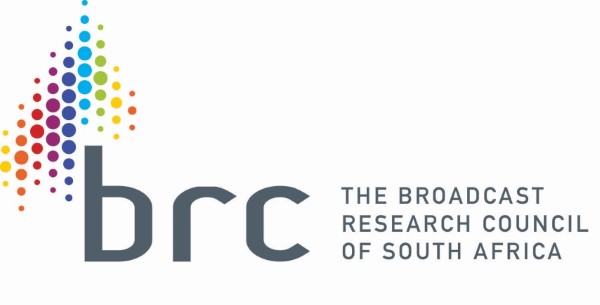
 “South Africa’s radio landscape is incredibly vibrant with over 300 community and commercial stations broadcasting in 11 official languages across four distinct audience segments,” said the BRC’s CEO, Gary Whitaker. “Accurately measuring listening in this complex environment requires innovative methodologies and robust data integration.”
“South Africa’s radio landscape is incredibly vibrant with over 300 community and commercial stations broadcasting in 11 official languages across four distinct audience segments,” said the BRC’s CEO, Gary Whitaker. “Accurately measuring listening in this complex environment requires innovative methodologies and robust data integration.”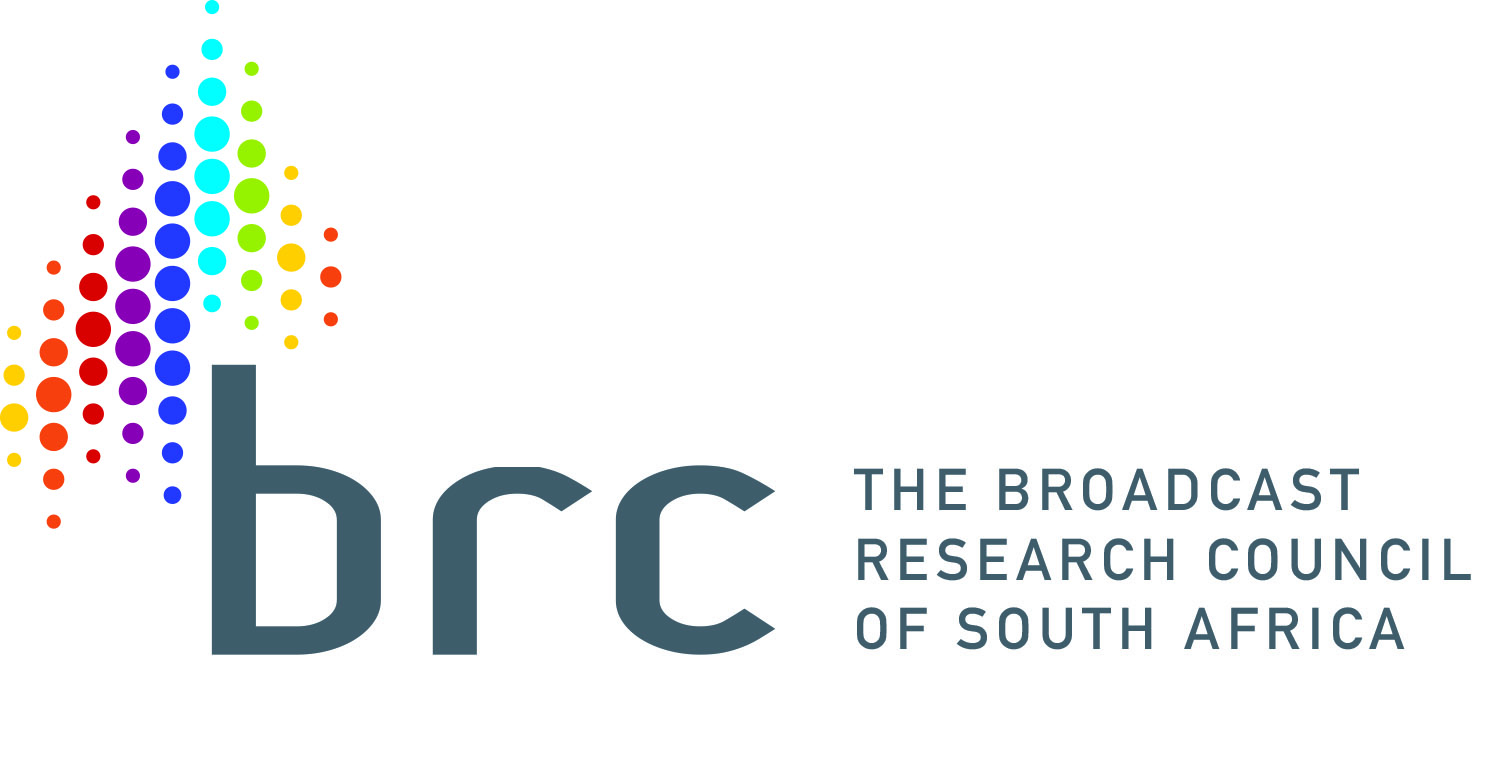



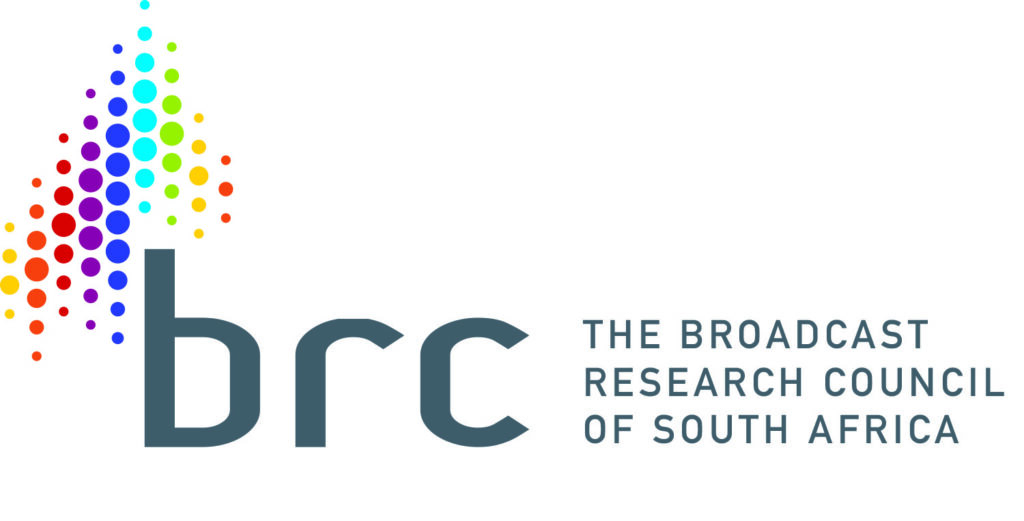
 “The Television universe was updated in October 2020; however, much has happened over the past three years. It remains critical that all changes in South African viewership be reflected in the universe,” says BRC’s CEO, Gary Whitaker.
“The Television universe was updated in October 2020; however, much has happened over the past three years. It remains critical that all changes in South African viewership be reflected in the universe,” says BRC’s CEO, Gary Whitaker.
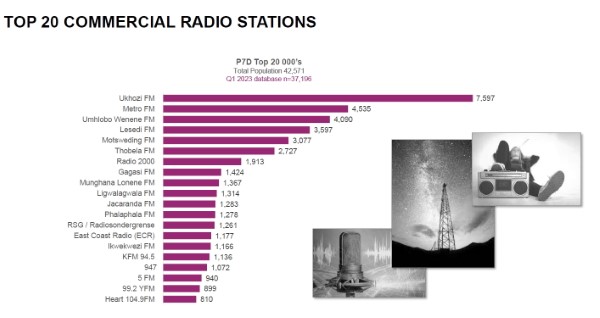
 “While we will not be sharing the minutiae of the interim reports, we will rather make the broader analysis of further interim reports available, covering separate areas, as we receive them,” says BRC’s CEO, Gary Whitaker. “The consolidated final TAMS audit report will be accessible to the industry towards the beginning of October 2021.”
“While we will not be sharing the minutiae of the interim reports, we will rather make the broader analysis of further interim reports available, covering separate areas, as we receive them,” says BRC’s CEO, Gary Whitaker. “The consolidated final TAMS audit report will be accessible to the industry towards the beginning of October 2021.”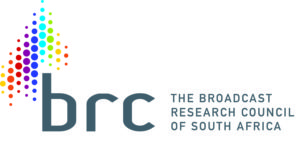


 “We are pleased to support the return of The Infinite Dial study in South Africa,” said John Rosso, President of Market Development at Triton Digital. “The study will provide broadcasters, online audio publishers, podcasters, advertisers and the financial community with insightful data around South African consumption of streaming radio, online music and podcasts, as well as the usage of smart speakers and more.”
“We are pleased to support the return of The Infinite Dial study in South Africa,” said John Rosso, President of Market Development at Triton Digital. “The study will provide broadcasters, online audio publishers, podcasters, advertisers and the financial community with insightful data around South African consumption of streaming radio, online music and podcasts, as well as the usage of smart speakers and more.”